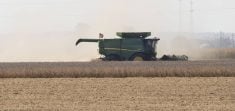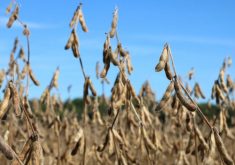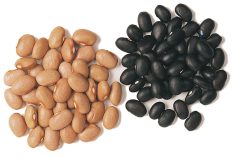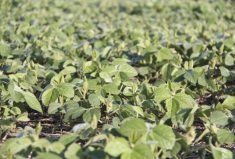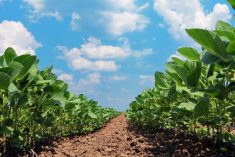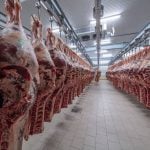There are challenges to expanding soybean production to Western Canada, but many, including Manitoba Pulse and Soybean Growers executive director Daryl Domitruk, see the potential for growth.
Domitruk was among the speakers at the second Northern Soybean Summit, hosted virtually by Soy Canada in December. Contributors from throughout the value chain discussed the future of the crop in Manitoba and Saskatchewan at the event.
Why it matters: Historically, soybeans grown outside of Ontario and Quebec made up a small proportion of Canada’s soy output, but the crop has taken off in the Eastern Prairies.
Read Also
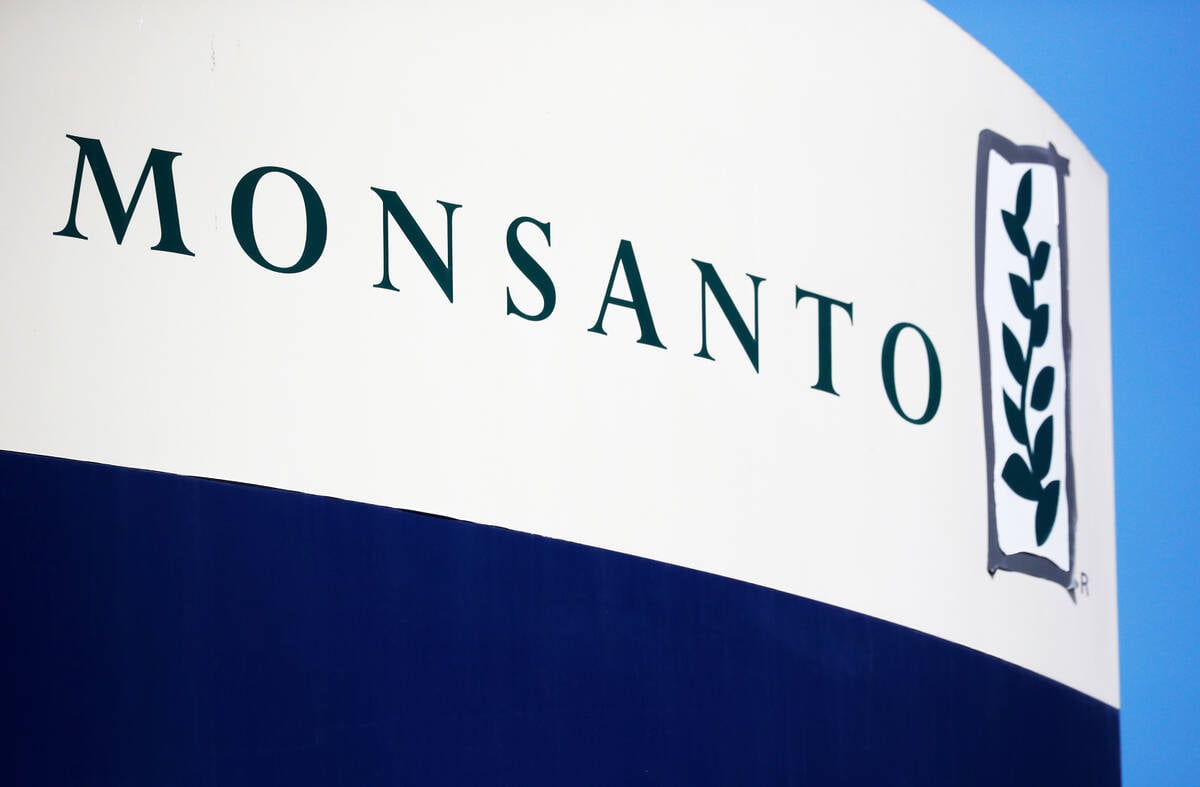
Journal pulls long-cited glyphosate study for ethics violations
The journal Regulatory Toxicology and Pharmacology has retracted a 2000 Monsanto-linked glyphosate review, drawing new scrutiny as Bayer faces mounting legal pressure.
Manitoba’s soybean production has been increasing since the early 2000s to keep pace with southern Canada. According to Statistics Canada, Manitoba produced over 1.5 million tonnes of soybeans in 2023, second only to Ontario and more than Quebec. Twenty years ago, production was less than a tenth of that.
Less than 150,000 tonnes of the pulse came out of Manitoba in 2003, compared to Quebec’s 390,000. Ontario at the time led the way, producing over 1.7 million of Canada’s almost 2.3-million-tonne production.
And that was a good soy year for Manitoba at the time. The two years following saw a peak soy production of under 56,000 tonnes.
In 2006, production and acres jumped dramatically. Soybeans went from being grown on 95,000 acres, producing 55,800 tonnes, to 350,000 acres, producing 252,300 tonnes. By 2013, production had topped a million tonnes.
Incoming research
Research into northern soybean development and improvement is underway across universities, the public sector and farmer-funded initiatives, Domitruk noted.
One of those researchers is the University of Manitoba’s James House. House, who is also the Manitoba Strategic Research Chair in Sustainable Protein, is looking into the quality of northern soybeans.
He urged producers and researchers to give due credit to the nutritional value of the pulse. This involves examining the amino acid content necessary for both human and animal diets.
“It’s not all about quantity when we think of protein,” he said. “We need to be thinking of protein quality.”
Near-infrared reflectance technology (NIR) is one technology that can help researchers accomplish that. The technology can analyze moisture and protein content of crops, House noted, and has allowed for efficient analysis of whole soybeans and soybean meal.
Analysis of over 7,000 northern soybeans, drawn from samples from the Manitoba Pulse and Soybean Growers over three years, revealed that the whole soybeans grown locally met most of amino acid content requirements. Soybean meal had even better results.
House said that research will help farmers select varieties. “That is the end goal,” he said.
Northern challenge
Growing the pulse outside of the comparatively more hospitable areas in Eastern Canada hasn’t always been easy.
Soybeans on the Prairies have generally been considered to have lower protein. In 2020, protein levels in the province registered at 32.5 per cent, compared to Ontario’s 33 per cent, while the year prior saw Manitoba protein levels at 31.9 per cent.
That had led to issues in 2018, when one buyer introduced discounts for soybeans under 33 per cent protein.
“We’re bringing soybeans into this new environment, which in many cases, they haven’t been grown before,” Domitruk noted.
At the same time, he added, the crop has been a long-time winner in areas like Ontario or North Dakota.
“It shouldn’t be that much of a biological step for these crops to move a bit farther north,” he said.
The case for soy
Domitruk argued that, based on current estimates among major crops in Manitoba such as corn, canola, wheat and soybeans, the beans had the highest net revenue over operating costs.
“Profitability has been one of the major drivers of soybean adoption in Manitoba,” he said.
“If these cost estimates hold going forward, and there’s reason to believe that they will, soybeans will remain a relatively low-input crop.”
Several farmers also spoke to their experiences growing northern soybeans at the virtual event. Ernie Sirski, who operates near Dauphin, said he initially had issues finding varieties that could feasibly mature when he looked to start growing soybeans a dozen years ago.
“We’re north of the 51st parallel, just to put it in perspective, which is a hundred-and-some miles north of the Manitoba-U.S. border,” he said.
Today, with earlier-maturing varieties, the farm has been able to bring up their harvest data from mid-October to the third week of September.
Eastern Saskatchewan farmer Winston Van Staveren, however, said he was not as optimistic about the future of soybeans in his region due to the regional difficulties.
“July is drier here than in Manitoba, so we don’t get that good moisture at that time,” he said. “That’s something we would love to have, and that is something that’s holding us back.”
Saskatchewan produced only around 44,600 tonnes of soybeans in 2023.




